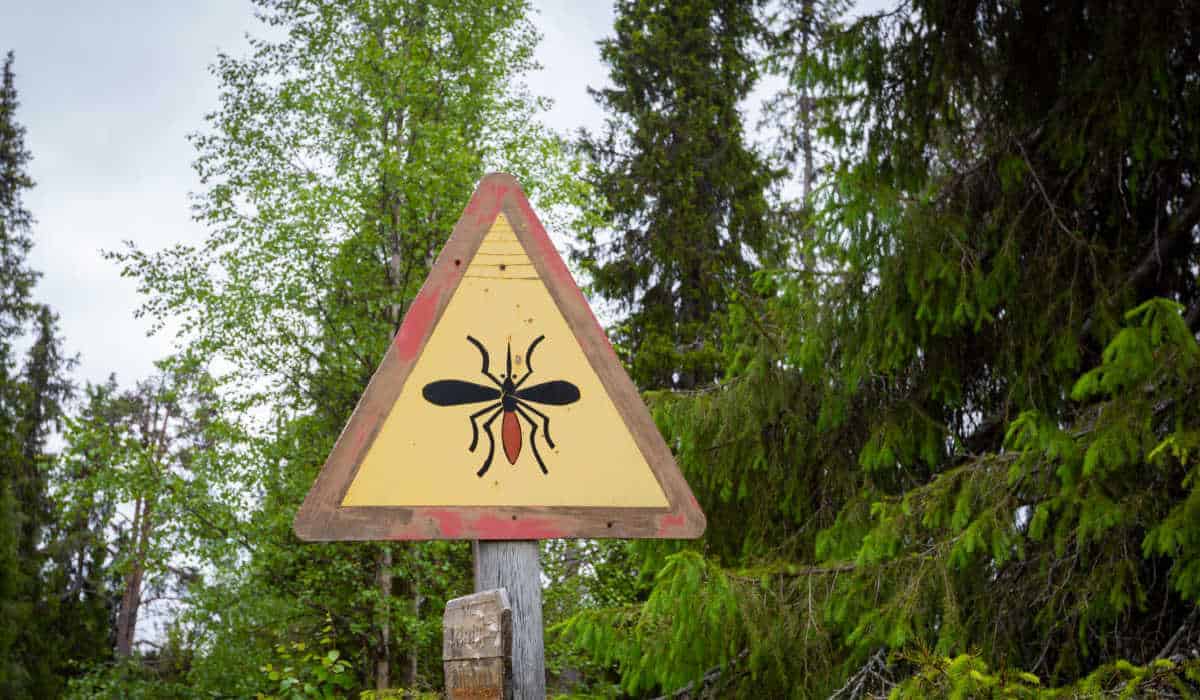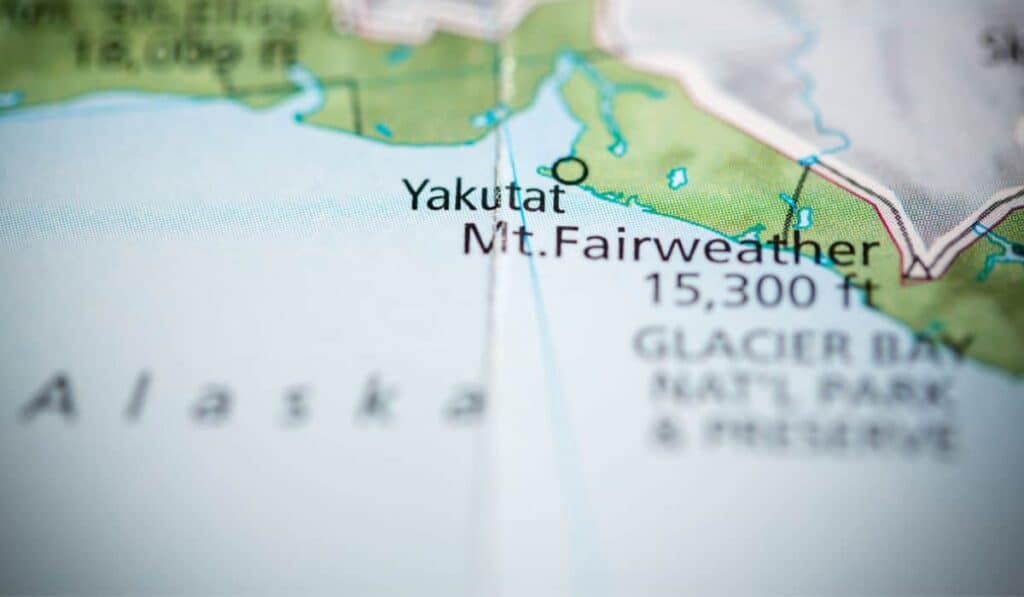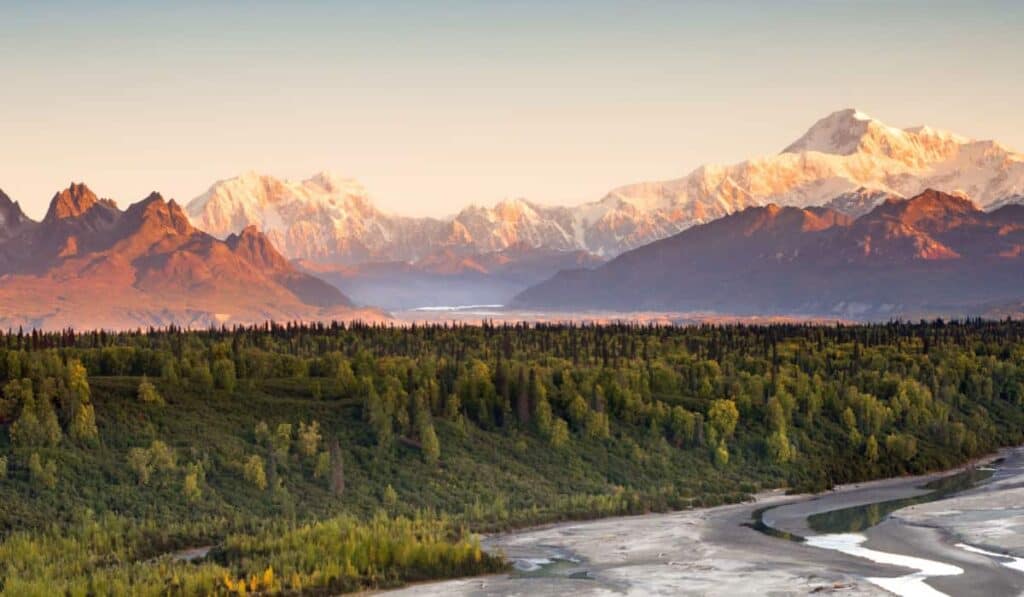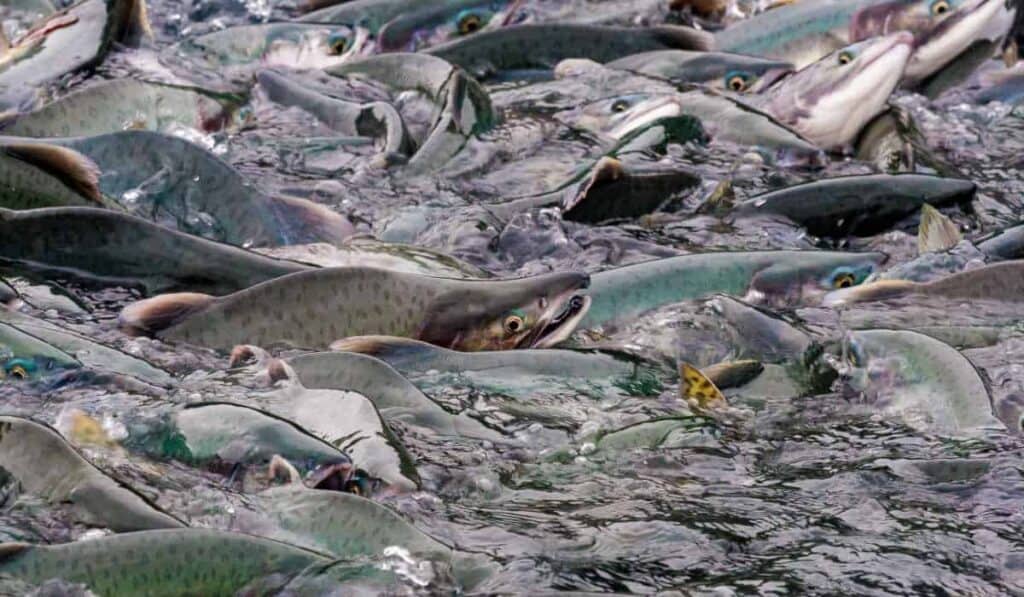One of the things people don’t talk about a lot when they talk about Alaska is all of the mosquitoes we have here. I have heard that experts theorize the number is somewhere between “a lot” and “tons.”
It makes sense, really. Mosquitoes tend to lay their eggs near water since pre-adult mosquitoes thrive in water. Some species prefer saltwater and others prefer fresh. Since we have an abundance of both, they’re all over.
Alaska has over 3,000,0000 lakes (and that only counts the ones bigger than 5 acres), making it a perfect breeding ground for them. If you’re going to come up to Alaska, you’ll want to know some strategies for avoiding bites as much as possible.
I live about a mile from the nearest lake and I got three mosquito bites on my right elbow last night. I was outside for five minutes playing with my niece.
Here are some strategies that you can use to best deal with mosquitoes while you’re up here on vacation.

Tips For Dealing With Alaskan Mosquitoes
Now, you might be wondering, “Just how big are these Alaskan mosquitoes?” Well, let me tell you, they’re not your average little bugs! While most mosquitoes you’d encounter in the lower 48 states are the size of a pinhead, Alaskan mosquitoes can grow to be impressively large.
Picture this: you’re enjoying a peaceful evening by a campfire, and suddenly, you hear the faint hum of an incoming mosquito. As it gets closer, you realize this mosquito is as big as a fifty-cent piece. That’s right, some Alaskan mosquitoes can be that big. Of course, not all of them are the size of pocket change, but they certainly grow larger than their counterparts down south.
In all seriousness, though, the size of Alaskan mosquitoes varies depending on the species. On average, they tend to be larger than mosquitoes found elsewhere, but it’s not like they’re going to carry you away or anything. The larger size just means they’re more noticeable and potentially more irritating when they decide to snack on you.
So, while the size of Alaskan mosquitoes might make for a fun story to share back home, rest assured that they’re still just pesky little insects. Millions and millions of pesky little insects.
So let’s talk about a few things that you can do to stave on the blood-thirsty horde while you’re on vacation:
1. Plan Around Alaska’s “Mosquito Season”
Try to visit Alaska outside of peak mosquito season, which is usually from the second week in June to the last week in July, with a brief resurgence in early August. Focus on areas with lower mosquito intensity, such as Anchorage, parts of the Kenai Peninsula, above the treeline, or anywhere with a slight breeze. Take advantage of environmental factors that deter mosquitoes, like rain and wind.
2. Eliminate “Human” Odors
All of the tips you’re about to see are designed to mask a person’s scent. Despite having compound eyes that can see things very well, mosquitoes are more attracted to scents. Avoid using scented soaps, lotions, or shampoos as they can attract mosquitoes. They know what humans look like, but if they can’t smell you, they won’t be interested, and therefore will not bite you.
Anything you can do to not smell like a human will help reduce your chances of being bit.
Insect Repellant (With DEET!)
Insect repellant, as the name suggests, repels insects and stops them from landing on you. However, there are a lot of brands and a ton of different ingredients, so which one should you choose?
First, the most important ingredient is diethyltoluamide, commonly called DEET. Exactly how it repels insects isn’t really known, but the popular theory is that it prevents them from being able to smell you, so they won’t be able to bite you. You can use mosquito repellents such as DEET, Picaridin, or natural alternatives like Citronella, Bite Blocker, or Avon’s Skin-So-Soft Bug Guard.
Apply DEET repellent with a 15-30% concentration directly to exposed skin, avoiding cuts or scrapes, and being careful around your eyes, nose, and ears. Wash your hands with soap and water after applying repellent and wash treated skin once you’re out of the elements for the day. Consider time-release DEET products, such as Sawyer Products’ controlled-release formula or Travel Medicine, Inc’s Ultrathon.

If you’re going on a hike, you may want the “Deep Woods” variation, which is specifically formulated to work against both mosquitoes and other insects that typically live in forests.
3. Wear Protective Clothing
Wear loose-cut, long-sleeve shirts and pants made of tighter-weave cotton to create a physical barrier. Choose clothing in khaki, white, or neutral colors, or colors with short wavelengths like blue or green, as mosquitoes are attracted to dark colors with long wavelengths like black, red, and orange. Don’t forget to bring a headnet for backup during multi-day backpacking or float trips or off-the-beaten-path adventures.
4. Insect-Repelling Candles
These are definitely more of a situational use, of course. I don’t recommend walking down the street holding a citronella candle, but if you’re camping, I’d bring three or four.
These are also useful if you’re in an AirB&B situation and you plan on hanging around outside in the yard.
I did read a study a few years back (Okay, I read a headline based on the treatment of the study, but I think that’s close enough) that says citronella candles only work for about two hours at a time. There are also studies that say they don’t work at all so you’ll have to test this one for yourself.
If they do work, the candles also have a limited range, so you’re going to want to have them right next to wherever you’re sitting.
5. Ultrasonic Devices
These ones are hit-and-miss in my experience. They’re little electronic devices that, if you believe such things, send out a little electronic signal designed to repel female mosquitoes (only female mosquitoes bite humans).
For my parents, they work great. They went to Costco a few years back and got a set that they put on their wrists, like a bracelet. They rarely get bit.
As for me, I think I eat too much sugar or something because insects of all kinds love biting my arms and legs.
I went to Arizona last month and came back with 27 ant bites, four mosquito bites, and one spider bite on my legs. I went to the local dock pond in Juneau after I got back and came home with 9 mosquito bites on my face, neck, and hands.
I was wearing the ultrasonic buzzer on both occasions. Maybe it would have been worse if I hadn’t been, but all I know is that I would have liked it to work a little better!
6. Permethrin
Permethrin is a chemical compound designed to repel insects, but it binds to clothing instead of skin. Wear permethrin-treated clothes, such as Ex Officio BuzzOff or Columbia Insect Blocker, or treat your own clothing with permethrin. Many people who camp in Alaska treat not only their clothing but other fabric items (such as their tent) with permethrin in an attempt to keep the mosquitoes out.
7. Thermacell Devices
Use Thermacell devices when fishing, camping, or RV’ing to create a mosquito-free zone around you. These devices emit a repellent that effectively keeps mosquitoes away without having to apply anything directly to your skin.
Last Bits of Advice

Again, anything you can do to mask your scent will help get rid of them. People like me who apparently have a stronger natural scent for some reason will have a tougher time.
I was once told by a scientist-type person that mosquitoes are attracted to darker colors like black, orange, and red. He recommended wearing white, khaki, blue, or green clothing in order to repel them.
I have no idea if that’s true or not, so I didn’t find it worthy of its own section, but it’s probably worth trying.
Good luck to you in your quest to avoid mosquitoes on your Alaskan vacation and I hope you have a wonderful time!







